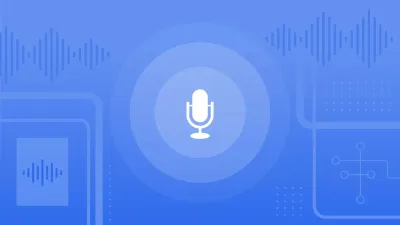1. Gesture Control

Using hand gestures to control devices and interfaces has revolutionized the way we interact with technology.
2. Brain-Computer Interfaces

BCIs allow direct communication between the brain and computer, opening up possibilities for people with disabilities and enhancing human capabilities.
3. Virtual Reality

VR technology immerses users in a simulated environment, allowing for new forms of entertainment, education, and training.
4. Augmented Reality

AR overlays digital information onto the real world, enhancing our perception and interaction with our surroundings.
5. Haptic Feedback

Haptic feedback technology provides tactile sensations to enhance the user experience and improve accessibility for people with disabilities.
6. Eye-Tracking

Eye-tracking technology allows for natural and intuitive interaction with computers and devices, and has applications in gaming, advertising, and healthcare.
7. Speech Recognition

Speech recognition technology has made voice-controlled devices and interfaces a reality, and has the potential to completely change the way we interact with technology.
8. Emotion Detection

Emotion detection technology uses facial recognition and other techniques to detect and respond to the user's emotional state, opening up new possibilities for personalized experiences.
9. Wearable Technology

Wearable technology has become ubiquitous in recent years, with smartwatches, fitness trackers, and other devices enhancing our daily lives and changing the way we interact with the world.
10. Artificial Intelligence

AI has the potential to transform the way we interact with computers and devices, making them more intelligent and intuitive, and improving our daily lives in countless ways.
